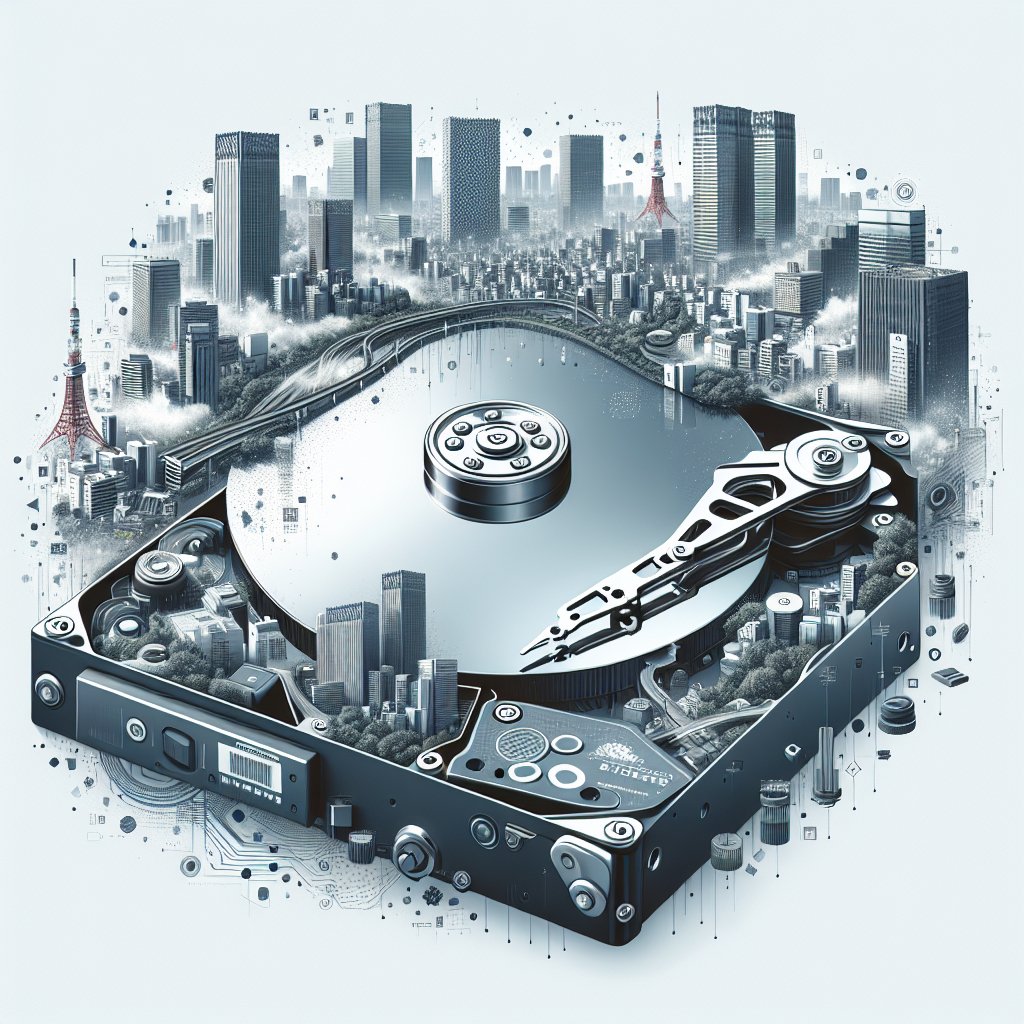When your hard drive starts making clicking noises, it is often a sign of imminent failure. Understanding the causes and knowing the steps to take can save your data and prevent further damage. This article delves into the reasons behind these ominous sounds and provides a comprehensive guide on how to handle such situations effectively.
Understanding the Causes of Clicking Noises
Hard drives are intricate devices with multiple moving parts, and any malfunction can lead to unusual sounds. Clicking noises are particularly concerning as they often indicate a mechanical failure. Here are some common causes:
Read/Write Head Issues
The read/write heads are responsible for accessing data on the platters. If these heads become misaligned or damaged, they can produce a clicking sound. This is often referred to as the “click of death” and is a clear sign that the drive is struggling to read data.
Spindle Motor Problems
The spindle motor spins the platters at high speeds. If this motor starts to fail, it can cause the platters to wobble or stop spinning altogether, leading to clicking noises. This issue can quickly escalate, making data recovery more challenging.
Firmware Corruption
Firmware is the software that controls the hard drive’s operations. Corruption in the firmware can cause the drive to malfunction, resulting in clicking sounds. This type of issue often requires specialized tools and expertise to resolve.
Physical Damage
Physical damage to the hard drive, such as from a drop or impact, can cause internal components to become misaligned or broken. This can lead to a variety of noises, including clicking, as the drive attempts to function despite the damage.
Steps to Take When You Hear Clicking Noises
When you first notice clicking noises coming from your hard drive, it’s crucial to act quickly to minimize data loss and prevent further damage. Here are the steps you should follow:
Immediate Actions
- Power Down the Drive: The first and most important step is to turn off the computer or disconnect the hard drive. Continuing to use a failing drive can cause more damage and make data recovery more difficult.
- Do Not Attempt DIY Repairs: While it might be tempting to open the drive and try to fix it yourself, this can lead to irreversible damage. Hard drives are delicate devices that require specialized tools and a clean environment for repairs.
- Backup Data (If Possible): If the drive is still accessible, try to back up your data immediately. Use an external storage device or cloud service to save your important files.
Consulting a Professional
Once you have taken the immediate actions, the next step is to consult a professional data recovery service. These experts have the tools and knowledge to diagnose and repair hard drive issues. Here’s what to expect:
- Initial Assessment: The recovery service will perform an initial assessment to determine the extent of the damage and the likelihood of successful data recovery.
- Quotation: Based on the assessment, you will receive a quotation for the recovery process. This will include the cost and estimated time required for the recovery.
- Recovery Process: If you agree to the quotation, the recovery process will begin. This may involve repairing or replacing damaged components, using specialized software to retrieve data, and cloning the drive to a new device.
- Data Return: Once the recovery is complete, your data will be returned to you on a new storage device. The original hard drive may be returned as well, depending on the service provider’s policy.
Preventive Measures to Avoid Future Issues
While some hard drive failures are unavoidable, there are several steps you can take to reduce the risk of future issues:
Regular Backups
One of the most effective ways to protect your data is to perform regular backups. Use external hard drives, cloud storage, or network-attached storage (NAS) devices to create copies of your important files. Schedule automatic backups to ensure your data is always up-to-date.
Monitor Hard Drive Health
Many modern hard drives come with Self-Monitoring, Analysis, and Reporting Technology (SMART) that can provide early warnings of potential issues. Use software tools to monitor the health of your hard drive and address any warnings promptly.
Handle with Care
Physical damage is a common cause of hard drive failure. Handle your hard drive with care, avoid dropping or jarring your computer, and use protective cases for external drives. Ensure your computer is placed on a stable surface to minimize the risk of accidental damage.
Maintain a Clean Environment
Dust and debris can cause overheating and mechanical issues in hard drives. Keep your computer and workspace clean, and use compressed air to remove dust from vents and components. Ensure your computer is well-ventilated to prevent overheating.
Conclusion
Clicking noises from a hard drive are a serious warning sign of imminent failure. By understanding the causes and taking prompt action, you can minimize data loss and prevent further damage. Always consult a professional for repairs and data recovery, and take preventive measures to protect your data in the future. Regular backups, monitoring hard drive health, careful handling, and maintaining a clean environment are key steps to ensure the longevity and reliability of your storage devices.












